1. The Three Stooges

Sure, The Three Stooges was a classic, but looking back now, it’s wild to think of how much physical comedy was actually borderline violent. The slapstick humor, which involved constant eye poking, face slapping, and head bonking, might have been funny to kids in the ‘60s and ‘70s, but today, it feels a bit harsh. The characters often acted out with no regard for each other’s personal space or safety, delivering high-speed slaps and whacks that would definitely be frowned upon in today’s more sensitive climate. They showed kids that it was okay to laugh at physical harm, which seems pretty out of step with the modern focus on non-violence and emotional intelligence says LAist.
Beyond the slapping, some of the antics were totally inappropriate for younger audiences. Episodes featured scenes where characters were in dangerous situations, like building collapses or falling into deep pits, all for comedic effect. The characters would end up getting hurt, but it was always played off as just a joke. It’s almost like the more painful the stunt, the funnier it was. While The Three Stooges was definitely a hit with its audience back in the day, it’s a little uncomfortable to imagine kids today mimicking the reckless behavior, thinking it was all just harmless fun.
2. Ren & Stimpy
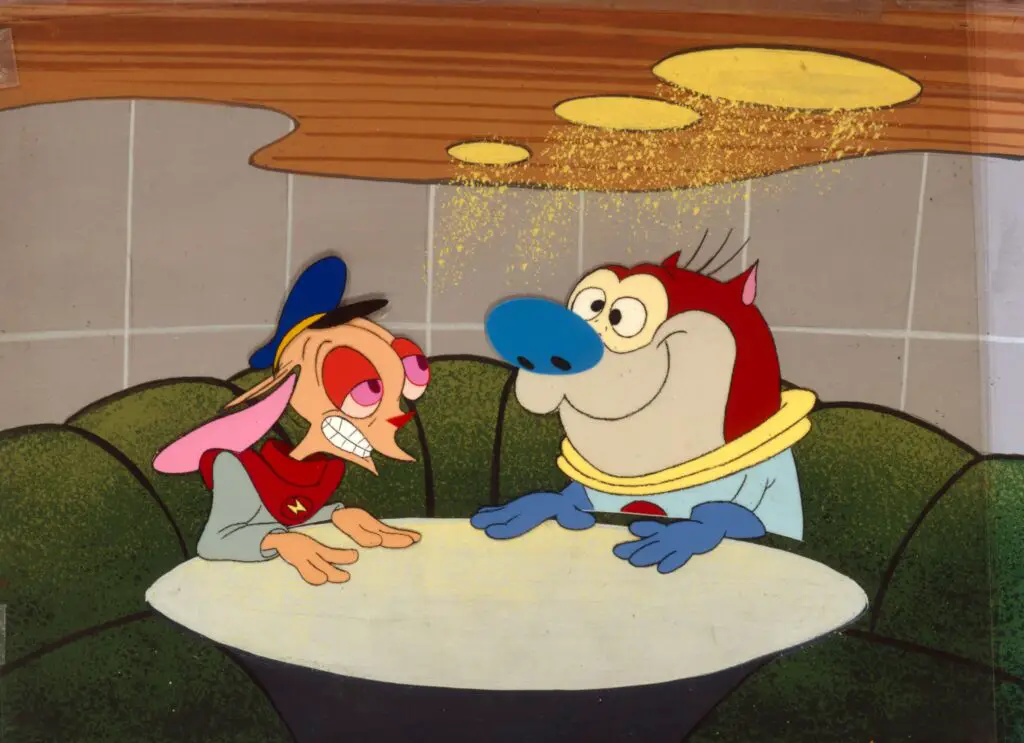
Ren & Stimpy was known for pushing boundaries, and it did so in a big way. The show, which combined absurdity with crude humor, had moments that felt more fitting for an adult audience than for kids. It was filled with gross-out humor, including vomit, snot, and bodily function gags, and its over-the-top violence was often shocking. Characters would be ripped apart, have their bones exposed, or even be flattened into pancakes—all played for laughs. Sure, it was meant to be satire, but a lot of what made it edgy in the ‘90s would raise eyebrows now, especially in a world where parents are a bit more protective of their children’s exposure to violence and gross content explains Collider.
What’s even more bizarre is the level of adult themes woven throughout the show. It wasn’t just crude for the sake of being crude; there was an unsettling sense of discomfort in many of the scenarios. There were adult jokes and innuendo sprinkled throughout the episodes, making it clear that the creators weren’t too concerned about keeping things innocent for younger viewers. The show didn’t hold back from portraying characters in all sorts of compromising situations, often crossing into very adult territory. Looking at Ren & Stimpy today, it’s easy to see why some parents would have been less than thrilled about their kids watching this strange, raunchy animation.
3. The Adventures of Pete & Pete
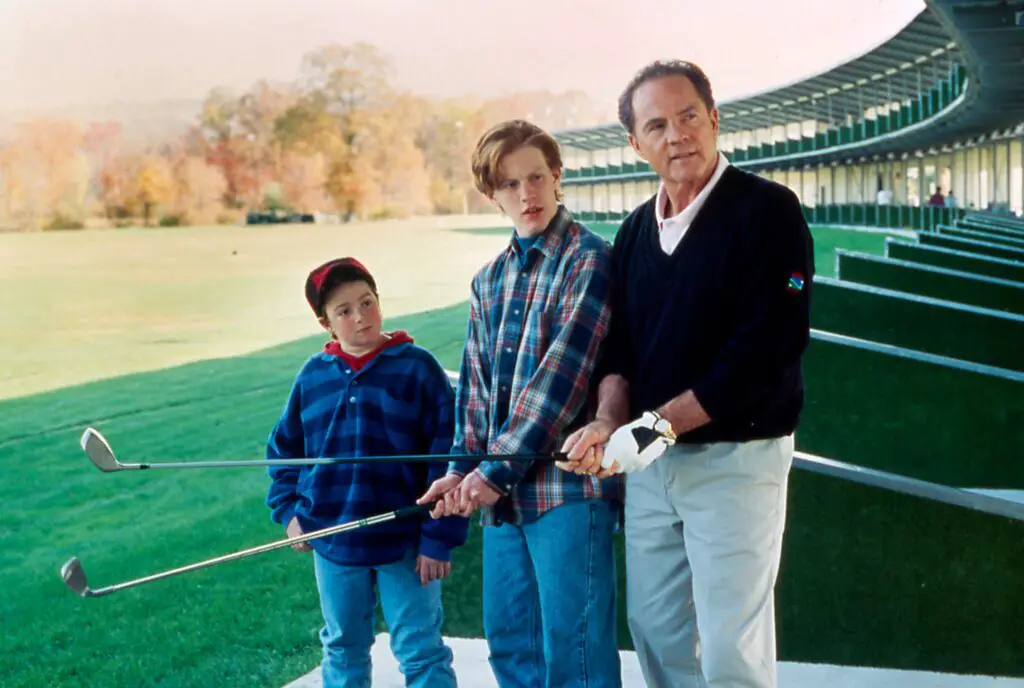
When it comes to The Adventures of Pete & Pete, this quirky show had more than its fair share of odd moments that would be called out today for being just plain strange. The show often dealt with absurd situations, like characters getting trapped in a giant plastic bubble or witnessing bizarre feats of strength from neighbors adds HuffPost. While it was meant to be weird and whimsical, some of the strange occurrences crossed into areas that would now be considered unsettling for a children’s program. For instance, the characters frequently interacted with older, intimidating figures, and there were themes of violence and physical punishment that didn’t seem to hold back, even if they were presented humorously.
Additionally, the show had a certain eerie undertone that could make younger viewers uneasy. There were moments when the narrative veered into dark places, such as with the character of Mr. Tastee, a creepy ice cream man who’s both mysterious and a little sinister. There was also the bizarre character of Artie, the strongest man in the world, whose behavior seemed to straddle the line between absurd and uncomfortably strange. The fact that these offbeat figures were depicted as heroes of sorts shows just how unconventional and even inappropriate some of the show’s choices would be in today’s media landscape.
4. The Flintstones
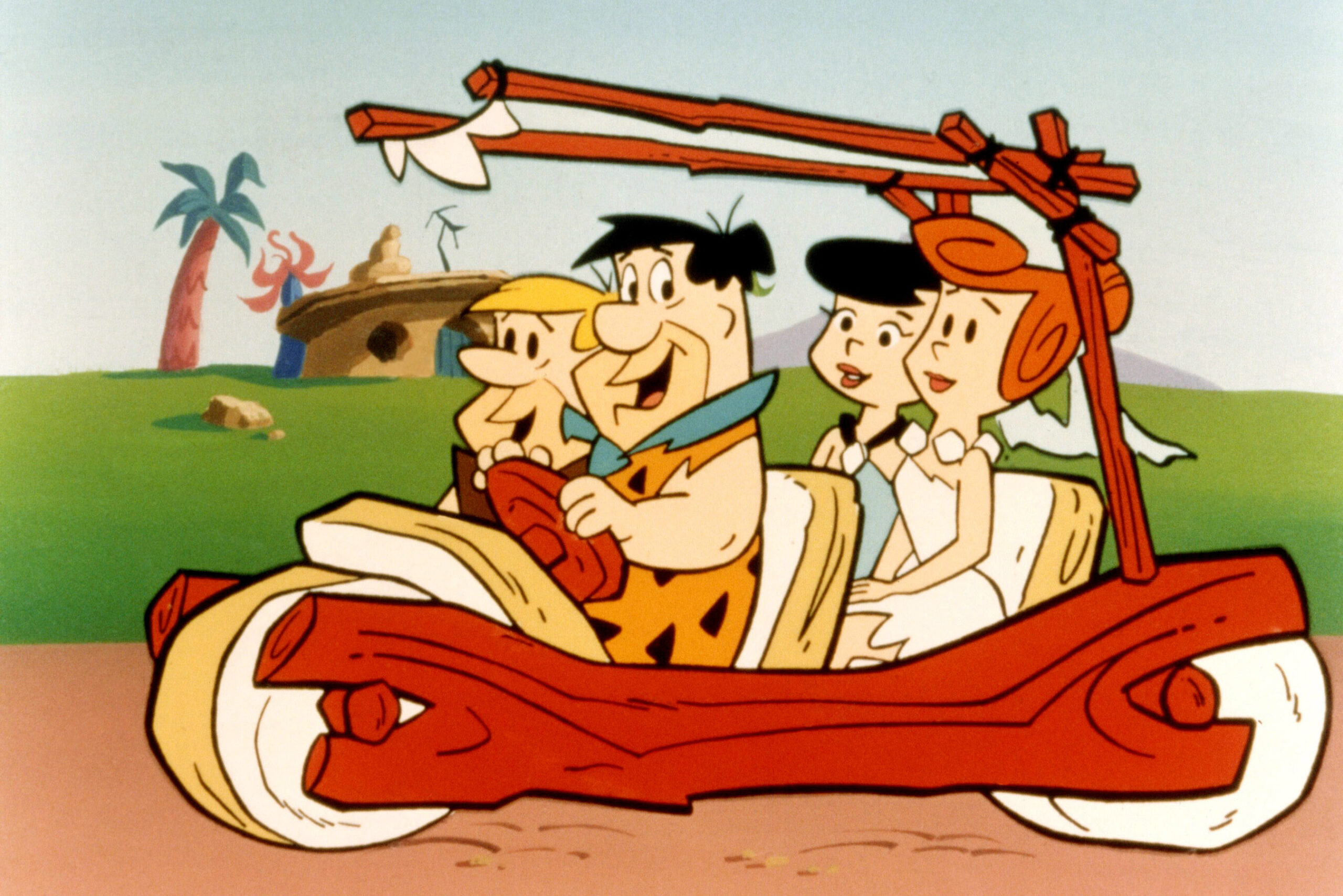
At first glance, The Flintstones might seem like a harmless, family-friendly cartoon, but looking deeper reveals some surprising elements that were pretty inappropriate for kids back then. The show featured a lot of adult themes, including subtle sexual innuendo and references to adult behavior. Fred Flintstone, the main character, was often portrayed as a man who struggled with his marriage, and his relationship with Wilma wasn’t always the epitome of modern-day gender equality. Many of the jokes centered around Fred’s short temper, which often led to frustration and anger towards his wife says the Guardian.
On top of that, The Flintstones was full of cultural references that wouldn’t fly today. Characters would often find themselves in situations that made light of serious topics, like gambling, drinking, and bribery. The show also normalized the idea of making fun of people who were different, such as the occasional appearance of marginalized characters in cartoonish or stereotypical ways. It’s easy to forget that this show, set in the prehistoric world, was not exactly a shining example of 21st-century sensitivities, especially when it came to race, gender, and relationships.
5. The Magic School Bus
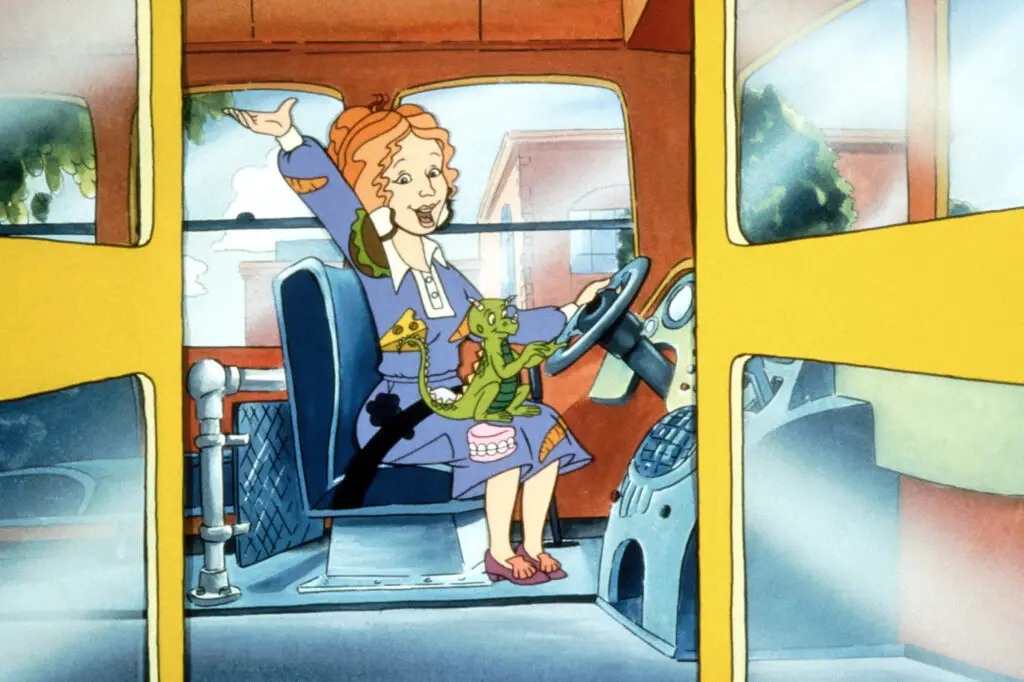
Although The Magic School Bus is often seen as educational and fun, some of its more outlandish adventures could be considered a little questionable by today’s standards. The show frequently pushed the boundaries of science and imagination, which, while fantastic in many ways, often involved dangerously out-of-control scenarios. Ms. Frizzle, the ever-enthusiastic teacher, would often take her class on wild trips inside the human body or to outer space, where they could have been seriously harmed. There’s something to be said about the irresponsibility of letting kids hop aboard a bus that could shrink to microscopic size without any real consequences says WDBJ.
Beyond the physical danger of some of their adventures, The Magic School Bus also presented a world where science was almost always portrayed as magical and boundless. The fact that Ms. Frizzle, as an authority figure, encouraged such reckless behavior without much of a moral check is something that would likely raise some concerns for today’s audiences. The line between reality and fantasy was blurred so much that it might have been hard for kids to differentiate between what was safe and what was simply a wild imagination on screen. Today, we tend to expect a little more realism in how children’s media handles topics of safety and risk.
6. Speed Racer
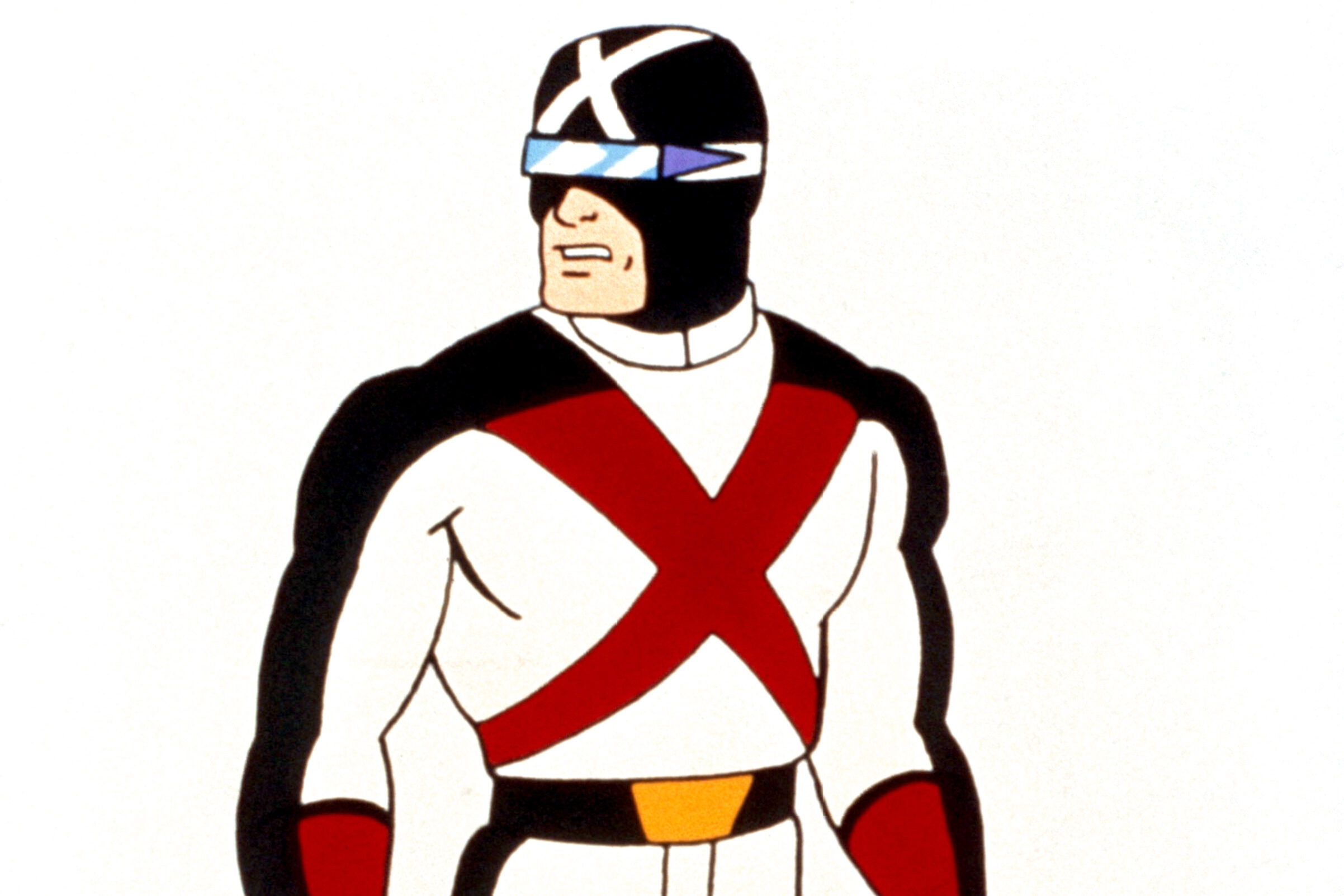
While Speed Racer may be remembered fondly for its fast-paced action and colorful characters, it’s pretty clear that the show had a lot of bizarre content that wouldn’t exactly meet modern standards. First off, the constant car chases, where characters would risk their lives for the thrill of speed, glorified reckless driving, which is definitely not something you want to encourage young viewers to imitate. The cars in Speed Racer were designed to do incredible things—like transforming into giant robots—but the message was one of lawlessness, with characters often ignoring traffic rules and driving in unsafe ways.
Then there were the emotional themes that were sometimes hard to digest for younger audiences. The characters often found themselves in life-threatening situations, dealing with blackmail, kidnapping, and danger that felt just a little too intense for kids. Speed Racer also featured a lot of emotional manipulation, with characters guilt-tripping each other into certain decisions or creating unnecessarily tense situations. The show’s exaggerated approach to conflict resolution often lacked the positive, constructive messages that modern children’s programming tends to prioritize.
7. Pee-wee’s Playhouse
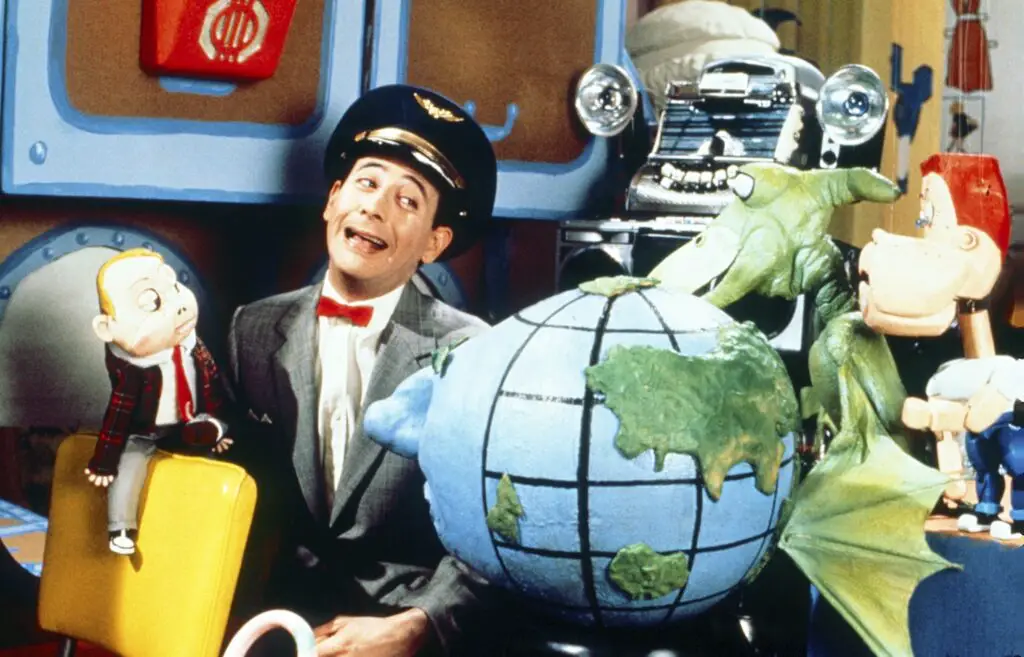
Pee-wee’s Playhouse was a zany, offbeat show that combined humor, puppets, and weirdness, but some of its jokes and interactions would definitely raise eyebrows today. Pee-wee Herman, with his quirky antics and unpredictable behavior, often exhibited a form of childish behavior that seemed more suited for an adult audience. The show’s constant eccentricity sometimes bordered on the uncomfortable, with characters like the sexually suggestive chair and the hyperactive, out-of-control nature of Pee-wee himself. In today’s world, that sense of boundary-pushing might be seen as more inappropriate than comedic.
Another major issue with Pee-wee’s Playhouse was its somewhat confusing message about growing up. While the show was targeted toward children, Pee-wee often exhibited behaviors that were anything but childlike. He would throw tantrums, demand things, and create chaos all around him. At times, the humor came from watching Pee-wee make a fool of himself, but in today’s climate, we’ve come to realize that the message of childishness equaling comedic value isn’t as cute as it once was. It’s easy to see how parents might have felt uncomfortable with the fact that Pee-wee’s playhouse was often filled with awkward and mature situations.
8. Alf

Alf might be remembered for its outlandish alien antics, but it was packed with content that would raise a lot of questions if it aired today. Alf, an alien who crash-landed on Earth, lived with a suburban family and caused all kinds of chaos in their lives. The show featured a number of quirky, inappropriate, and outright disturbing themes that wouldn’t make it past a modern-day children’s network. For example, Alf’s obsession with eating cats was a running gag throughout the series, which is definitely unsettling when you think about what it was teaching kids.
The show also frequently dealt with adult themes that would fly over kids’ heads but could be seen as confusing or even damaging in today’s more progressive environment. For instance, there were recurring jokes about lying, stealing, and making fun of people, all while Alf got away with it. It wasn’t always clear where the moral line was, and at times, it felt like the show glorified Alf’s antics. Looking back, it’s easy to see how the show may have crossed some lines in its treatment of animals, authority figures, and social norms.
9. Tom and Jerry
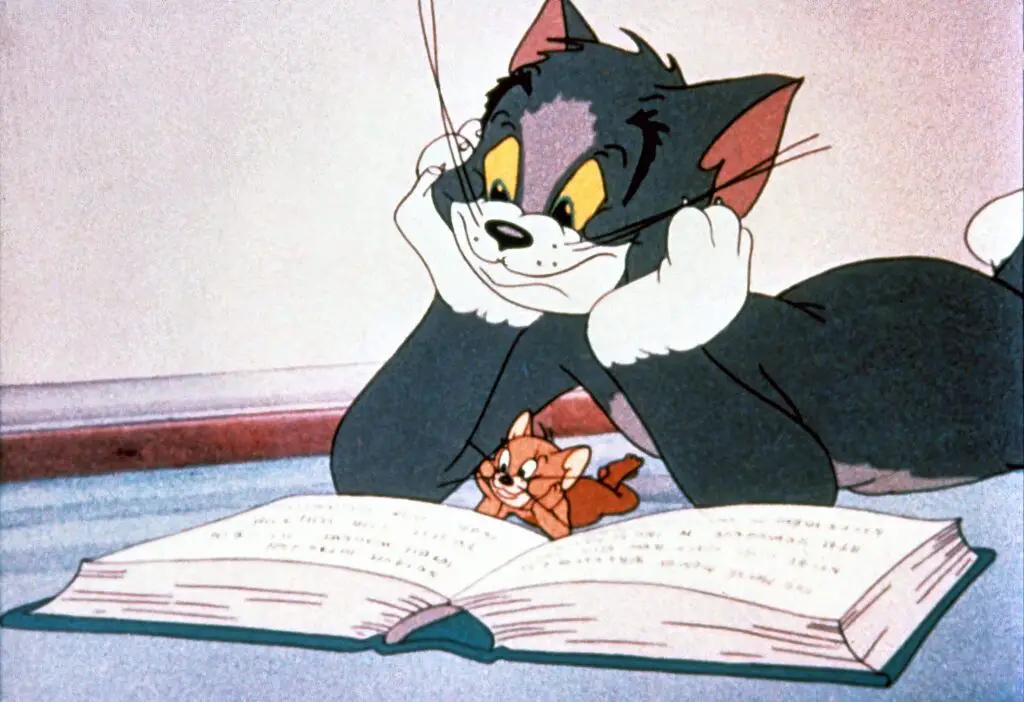
If you watched Tom and Jerry, you were no stranger to the endless chase between a cat and mouse, with all kinds of wacky violence mixed in. The show was notorious for its slapstick violence, where one character would hit, smack, or otherwise attack the other, often leaving them battered or with severe injuries. In the context of the time, it was just part of the fun, but in today’s world, those intense and often graphic depictions of violence would likely raise some concerns about their influence on young viewers. Many of the pranks were more violent than comedic, which could send the wrong message to kids about handling conflicts.
Also, while Tom and Jerry was just about a cat and mouse in constant pursuit, it was also a cartoon filled with racial and cultural stereotypes that wouldn’t be tolerated today. The characters weren’t just living out a chase scene, but were often used to perpetuate problematic depictions of marginalized groups. There were also moments where the characters’ behavior was highly exaggerated or cruel for no real reason, which made the humor more unsettling than funny. In a modern context, many of these elements would be deemed not just inappropriate but harmful to young audiences.
10. Looney Tunes
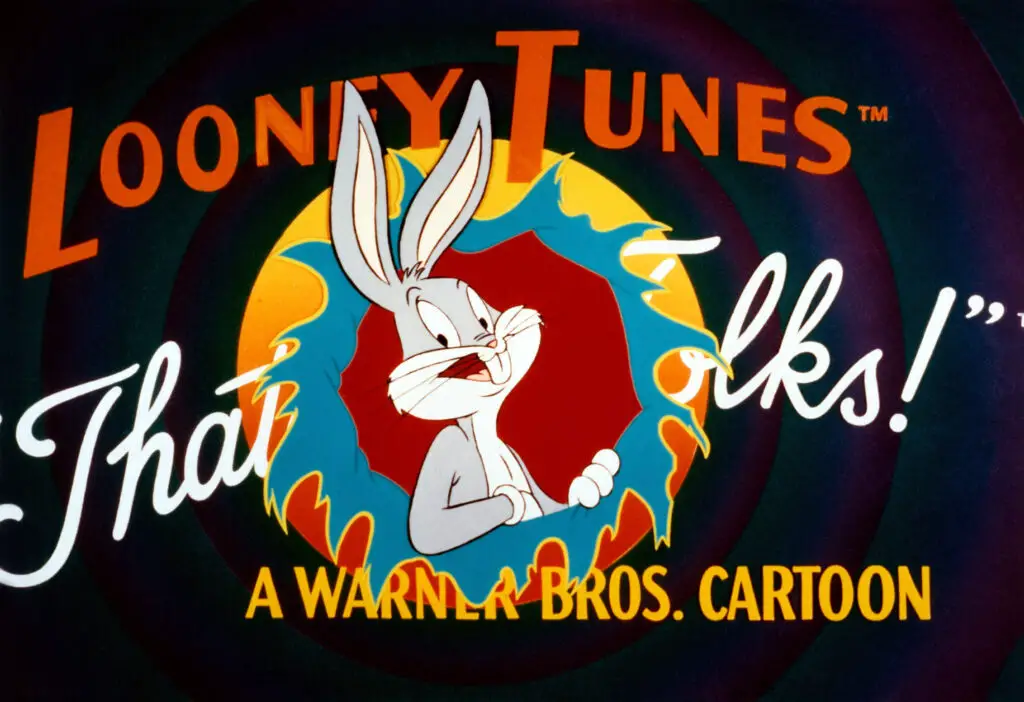
Looney Tunes is another animated classic that, while entertaining, had moments of shocking inappropriateness for kids. While the characters of Bugs Bunny, Daffy Duck, and others are still beloved today, many of the show’s storylines included violence, dark humor, and racial stereotypes. Some of the cartoons were filled with physical gags, like characters shooting each other, falling off cliffs, or getting blown up, which might seem like harmless fun but would probably be flagged by today’s standards for promoting unhealthy behavior and trivializing harm. There were also plenty of moments that involved outright cruelty or aggression, especially when characters were trying to outsmart or harm each other.
Beyond the violence, Looney Tunes wasn’t afraid to make jokes about race and ethnicity that wouldn’t pass the test of time today. For example, there were a number of characters that were clearly caricatures of Black, Chinese, and other groups, whose personalities were drawn in an exaggerated and stereotypical way. While these segments may have been funny to older audiences back in the day, today’s viewers would find them problematic and insensitive. And while some of the humor may have been innocent enough in its time, the modern take on these jokes would highlight how deeply ingrained some of these old-school stereotypes were in entertainment.
11. The Smurfs

At first, The Smurfs may seem like a cute, innocent show about little blue creatures living in a magical village, but it has some darker elements when viewed with today’s lens. One of the most glaring issues with The Smurfs is the character of Gargamel, the villain, who is constantly trying to capture the Smurfs and turn them into gold. This hunt for power and wealth is a constant underlying theme that could easily be seen as a commentary on greed, something that might be considered a bit too intense for young viewers. Gargamel’s obsession with the Smurfs often turned violent and cruel, setting a rather negative example for younger audiences.
Additionally, the Smurfs’ society was oddly gendered, with Smurfette being the only female among the males. She often found herself in situations where she was objectified or treated as less than the other Smurfs, something that modern audiences would likely see as a problematic representation of gender roles. The Smurfs were also regularly involved in highly exaggerated battle scenes that often ended in characters getting hurt, teaching kids that it was okay to engage in conflict with no real consequences. Looking back, it’s clear that the Smurfs, while beloved, had quite a few themes that would be deemed inappropriate today.
12. Scooby-Doo
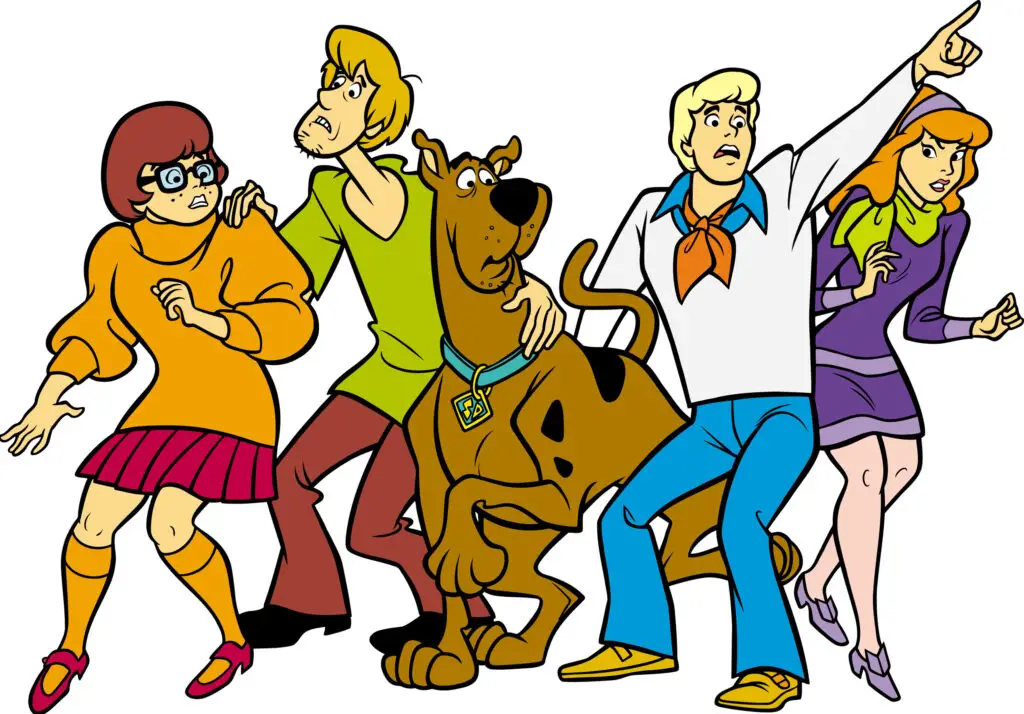
The iconic Scooby-Doo franchise has had a long history of solving spooky mysteries, but some of its more disturbing elements are tough to overlook today. The show often featured characters in situations where they were being chased by monsters or ghosts, who were sometimes so frightening that it’s hard to imagine kids not being legitimately scared.
While most of these creatures turned out to be people in disguises, the constant tension and scares were much darker than most modern cartoons would allow. And let’s not forget how many times characters were nearly killed or trapped in dangerous situations, with barely any attention paid to the gravity of those events.
13. Sesame Street
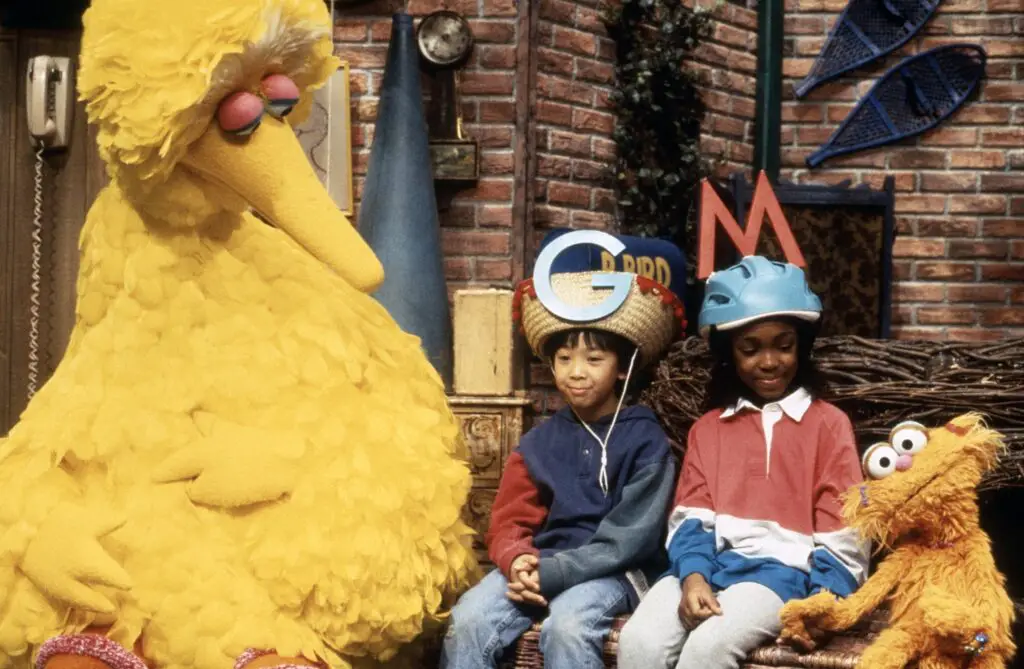
While Sesame Street is widely praised for its educational content, there were moments throughout its early years that could be considered inappropriate for today’s standards. For one, many of the early episodes included some surreal and creepy moments that would feel out of place in a children’s show now. Some segments had strange characters or overly abstract concepts that might have caused kids a bit of discomfort, like the “Number of the Day” segments, where a giant number would chase characters around. While these surreal visuals were designed to entertain, they could also be unsettling to younger viewers who weren’t ready for such bizarre imagery.
Additionally, some of the show’s humor was a little too adult for young children. There were numerous references to real-world topics, like taxes and economic problems, that went over kids’ heads but likely left parents scratching their heads. Sesame Street also addressed social issues like homelessness, racism, and disability, which, while important, were often presented in a blunt, unflinching way. In today’s climate, the tone and approach might be viewed as too harsh for children, and many parents might prefer a gentler introduction to such complex topics. It’s clear that the show didn’t shy away from serious content, even if it sometimes stretched the boundaries of what’s considered suitable for young audiences.
14. Benny Hill
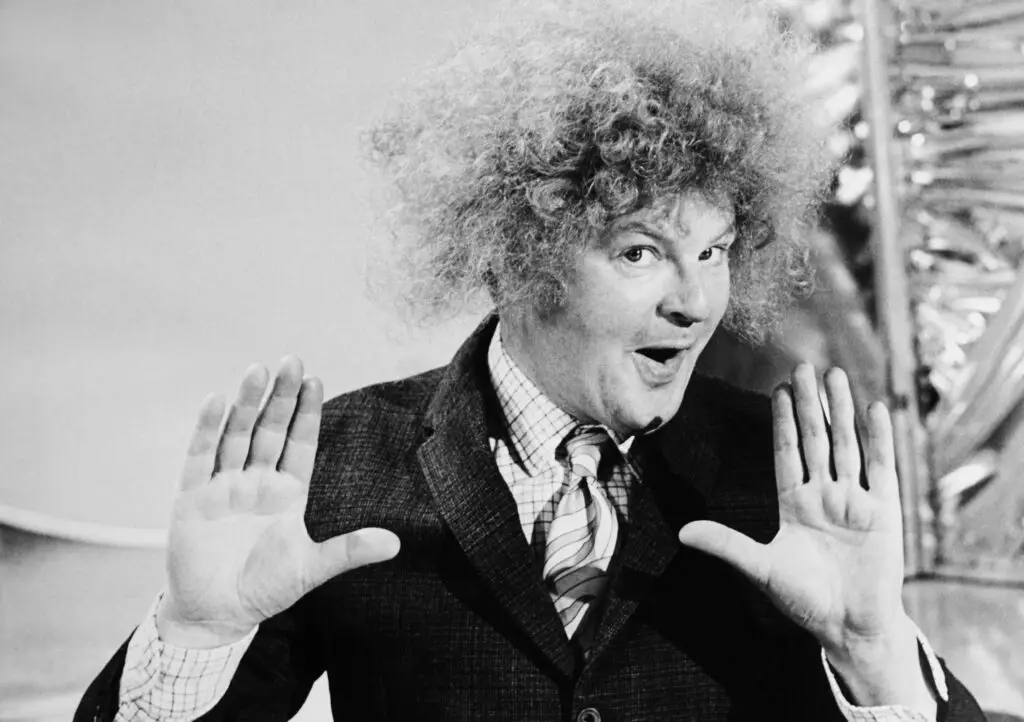
Benny Hill was a British sketch comedy show that was hugely popular in the ’70s and ’80s, but looking back, some of its humor is downright inappropriate by today’s standards. The show was filled with sexual innuendos, slapstick humor, and repeated jokes about chasing women, with many skits revolving around men running after scantily clad women in slow motion while Benny Hill’s famous theme song blared. While it was considered a harmless gag back then, today it feels more like a reflection of outdated gender norms and objectification.
The jokes on Benny Hill often treated women as nothing more than punchlines to a joke, reinforcing harmful stereotypes about gender and sexual harassment. The show’s premise, based around Benny chasing women for laughs, was typical of the time but wouldn’t fly today, especially in an era that’s more attuned to conversations about consent and equality. There was also a fair amount of physical comedy that involved violence or rough treatment of women, portrayed as innocent fun, which is highly problematic today. With humor rooted in outdated stereotypes and inappropriate physical comedy, Benny Hill would undoubtedly face heavy criticism if it aired now.
